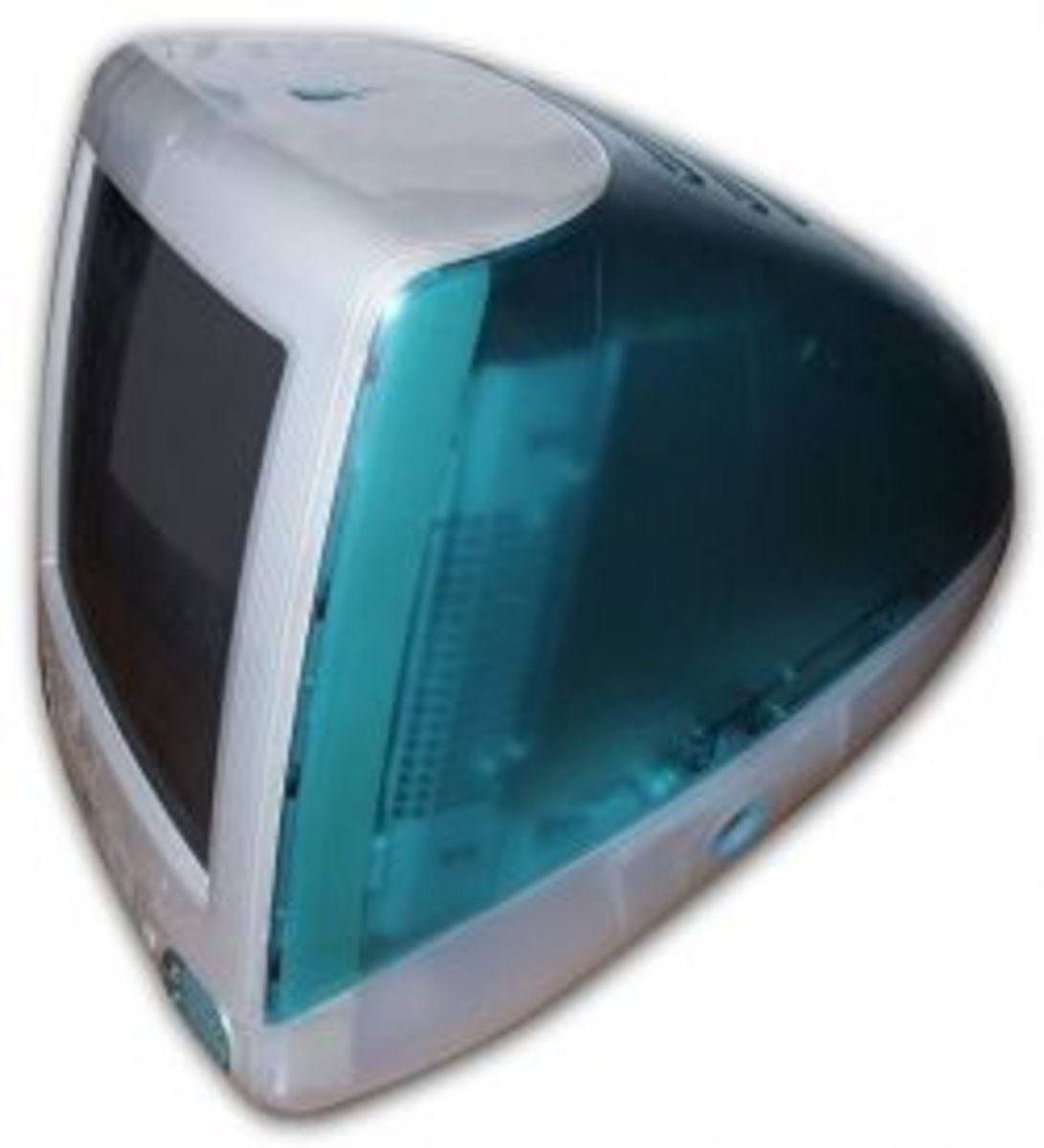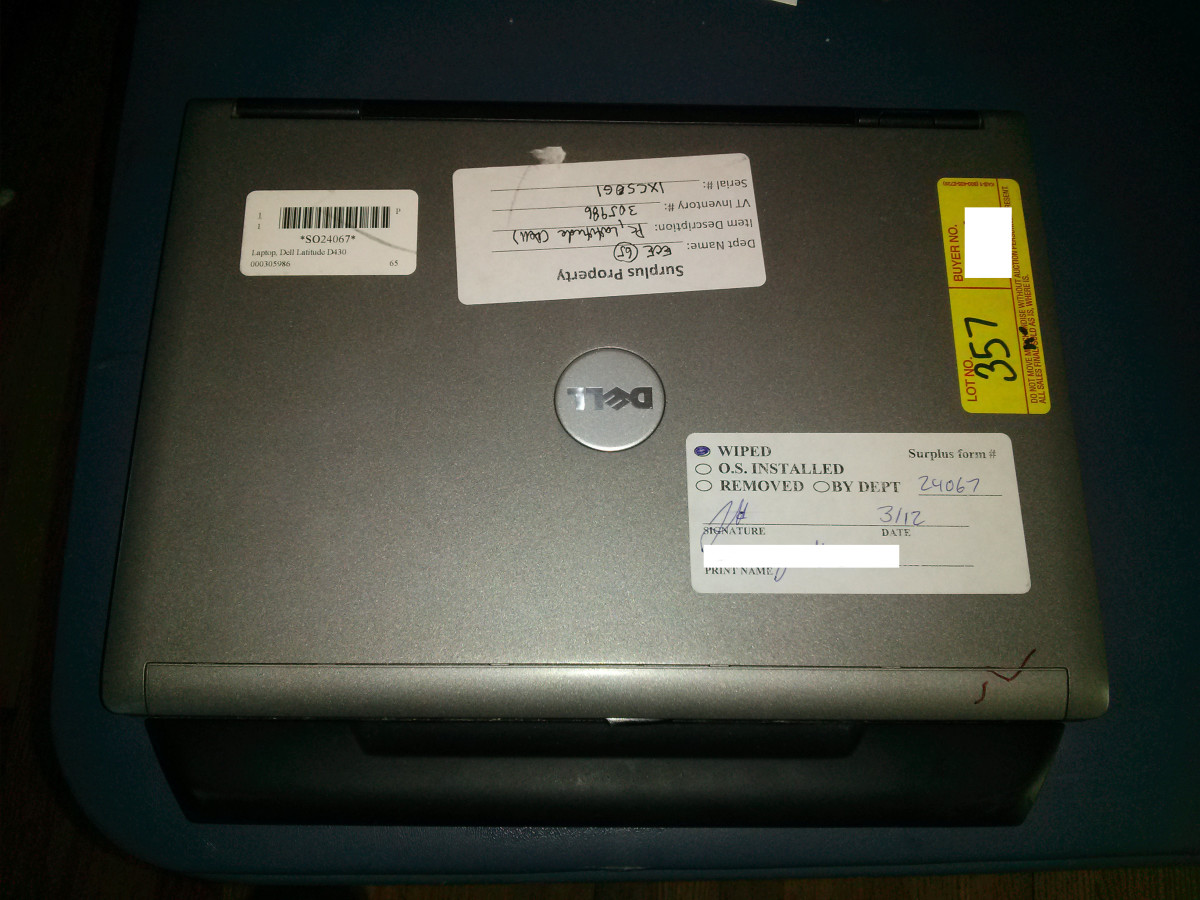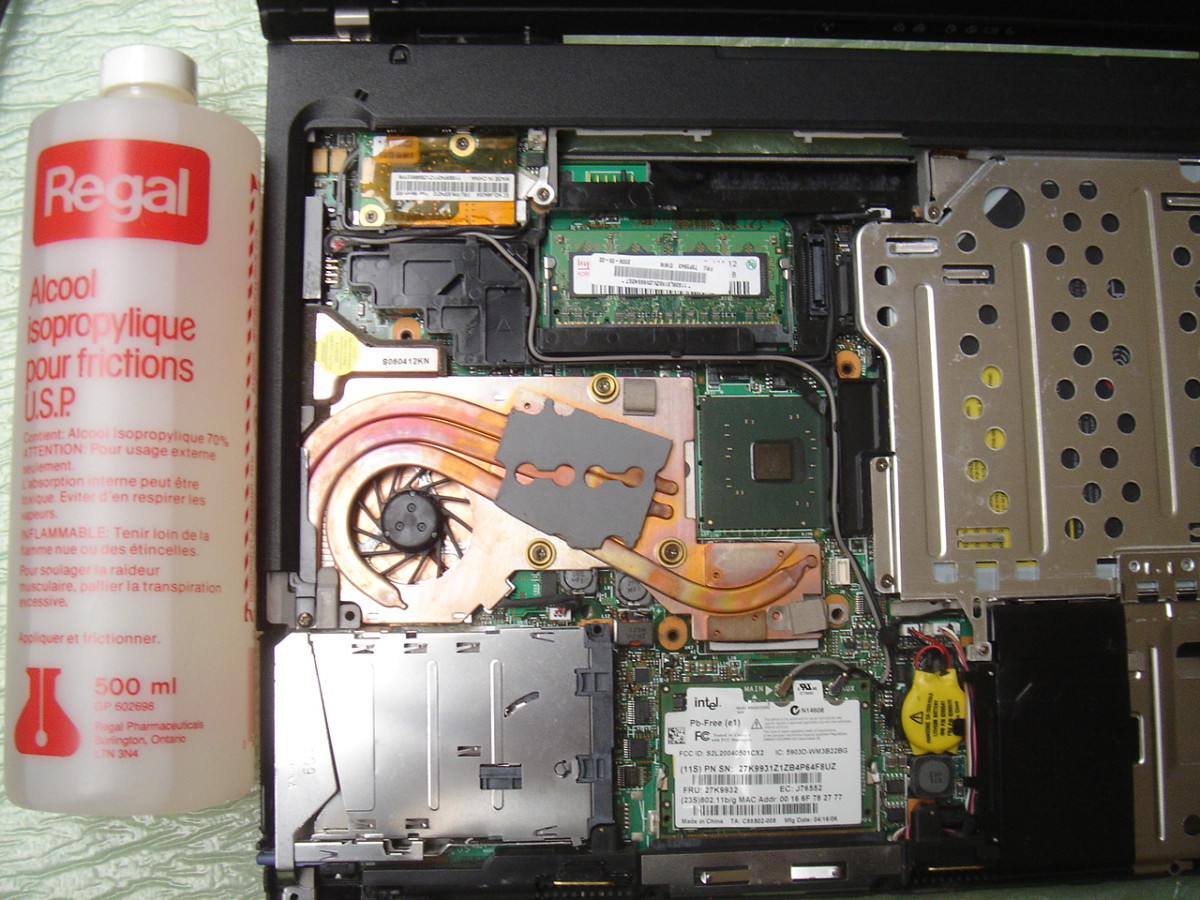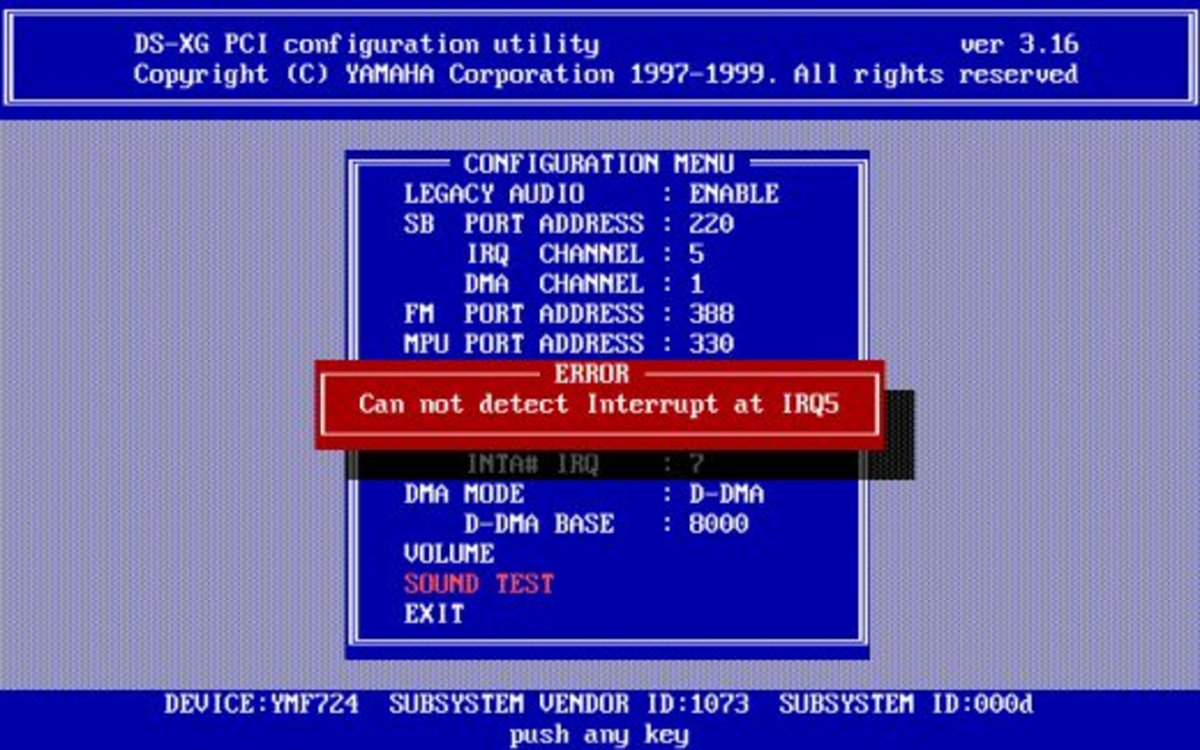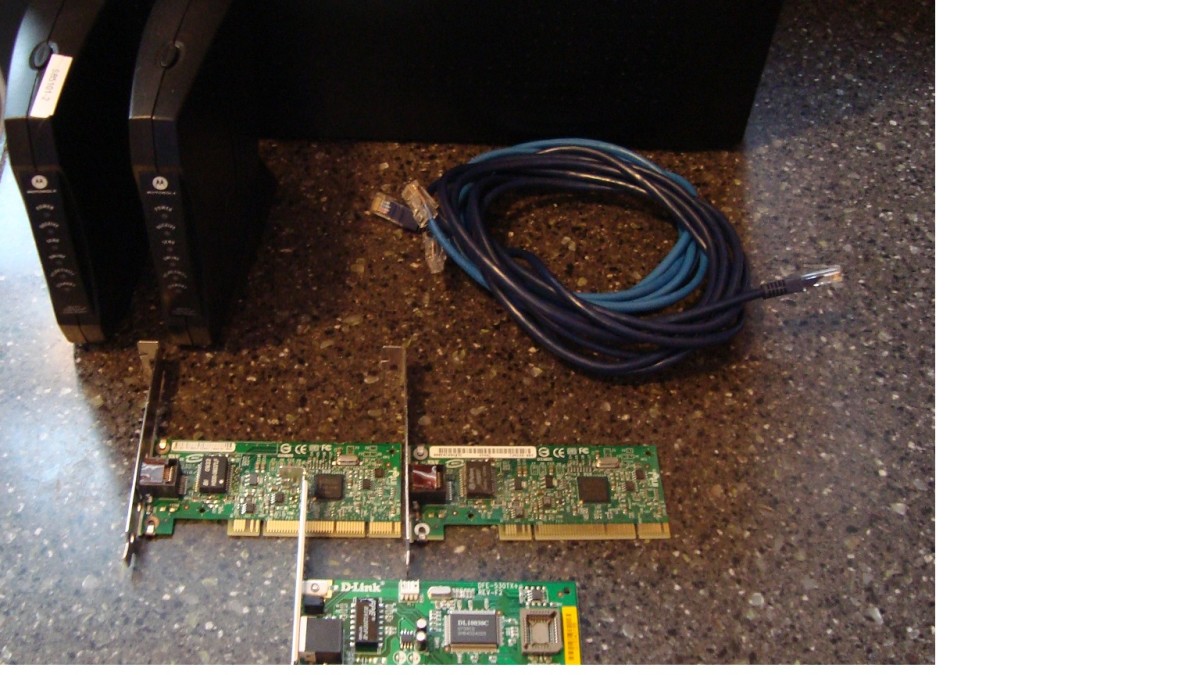How To Install A Second Hard Drive On Your Computer
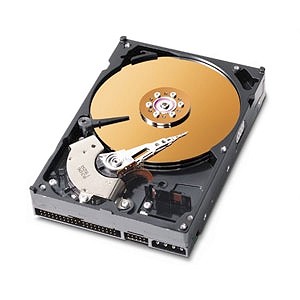
DIY hard drive installation in 10 steps
Do you need more room on your computer for all of those files that you're storing there? The best method of doing that is to install a second hard drive on your computer. This not only gives you more storage space on your computer but also makes it easier to do regular back-ups of your new data.
Here are the steps that you need to follow to install second hard drive on your computer.
- Purchase the hard drive that you are interested in installing. Do your comparison shopping and make sure that the hard drive that you purchase is right for your computer. Consult a professional at the computer store if you aren't sure about what hard drive to buy.
- Unplug your computer. Make sure that you read that step twice; you're about to open up your computer and it is not safe to do so if it's plugged in to any kind of power. It bears repeating: unplug your computer.
- Open up the case of your computer. (Find or download your computer's owner manual if you don't know how to do this.)
- Find the jumper; you'll recognize it because it has a bunch of pins surrounded by a black box. It is usually located on top of your hard drive. You will need to set the jumper to either "master" or "slave" which just means "main" and "secondary" hard drives. Your original hard drive should be set to master and the new one should be set to slave.
- Make sure that you have space in the computer in which to install your new hard drive. In most cases, this shouldn't be a problem. Double-checking it will help you to make sure that you know where the hard drive is going to go, which you should be able to determine from using your owner's manual. In general, the spot for your additional hard drive will be next to, above or below your existing hard drive. Insert the new hard drive into this spot; this usually requires a couple of screws to secure it in place.
- Find your power supply and connect it to the back of your new hard drive.
- Find your IDE ribbon - that's the two-inch-wide grey ribbon that is already connected to your existing hard drive and should have room for another connection. This is where you will connect the new hard drive. Do so now.
- Close the case of your computer.
- Plug in the computer and turn it on. You should see your computer locate the two drives and designate the original as master and the new one as slave.
- Partition your hard drives. See http://www.g4tv.com/screensavers/features/29084/Add_a_Second_Hard_Drive_pg5.html for more details.
Congratulations! You have just installed a second hard drive on your computer. That's right - you opened it up, changed things around and closed it back up all on your own. And now you've got the extra storage that you need to download lots of new stuff on your computer.
.

